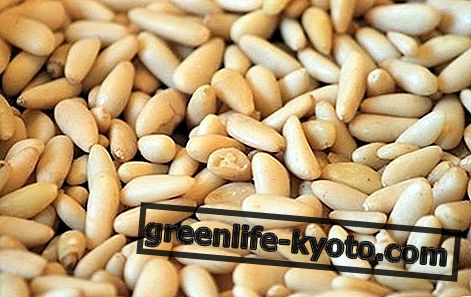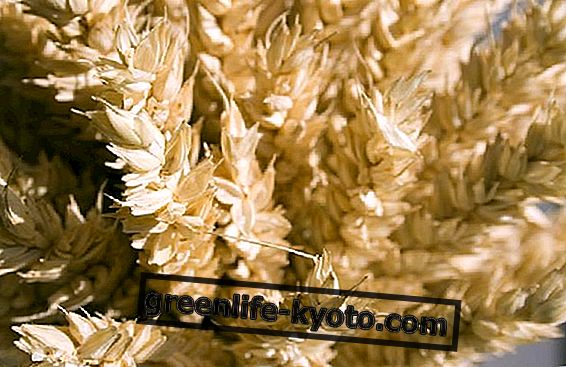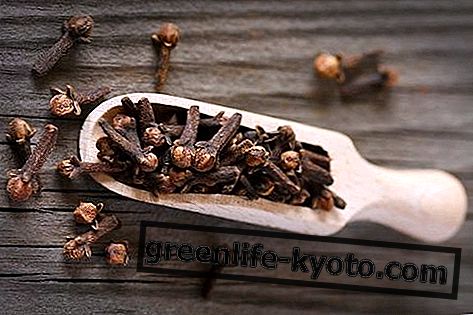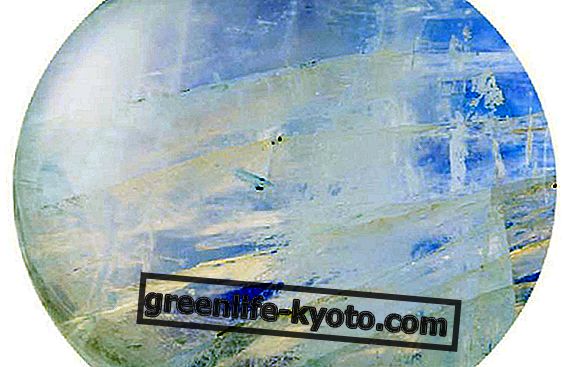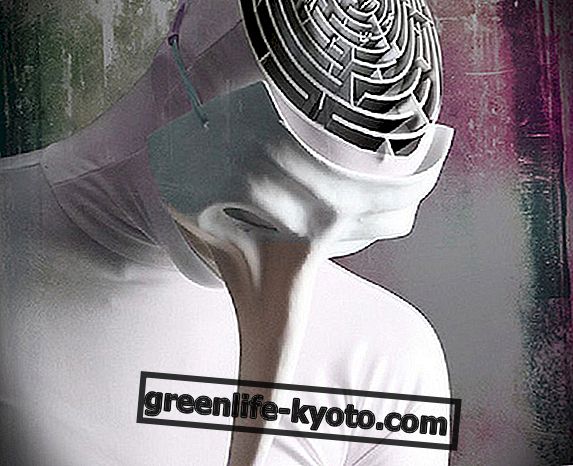
Flower therapy uses the Bach White Chestnut flower , for people who are prisoners of their own thoughts, who obsessively reflect on one or more specific events.
This remedy is strongly indicated for those who are tormented by persistent thoughts and go around them as if it were a circle. In fact, in these characters it is easy to find cases of insomnia, in which one thinks and rethinks the same things and one cannot get to sleep, or when one is unable to relax during a sexual act because the head flies to other shores. They can suffer from tic disorder, stress, tension-induced headaches and anxiety disorders, with obsessive-compulsive attitudes, sweating, vertigo.
The personality of White chestnut: Aesculus hippocastanum
Edward Bach, the father of flower therapy, used the Theory of Signatures to identify the plants to be associated with altered moods, until then used to connect the organs to be treated to the plants able to heal those organs, through the form of vegetable or its functions. Bach went further. He related the plant's personality and its behavior in nature with the characters of men and their ways of acting, which are the basis of the alteration of emotional states, on which his flower remedies act.
The White Chestnut bach flower is made from the flowers of the horse-chestnut tree, a majestic evergreen tree, with leaves divided into groups of five or seven, characterized by a coating of the fruits wrapped in an often aculeate protective layer. The flowers instead are of various colors from white-yellow to pink-red. Among these, the upper flowers are masculine while the lower ones are feminine. This plant loves the warmer areas of the northern hemisphere, avoiding the north and the mountain. Originally from Turkey, it was introduced to Europe in the 16th century.
The morphological characteristic of White Chestnut is linked to the impression of a dissipated, disorganized force, a sensation that one has, observing the tree. The distribution of the flowers on the tree is random and confusing : the flowers dot the foliage like bright lights of activity, but without respecting any precise pattern ; the individual flowers are asymmetrical, and have crumpled and curled contours; the crown of the tree is thick in some points and in others more sparse, the bark is broken and irregular .
The personality of White chestnut in humans
Just as the tree shows itself morphologically confused, without a precise order, in the same way the person who needs the Bach flower White Chestnut is not lucid, nor objective, rather it is often absent and not very concentrated, it does not find the solution to the problems, mulling over obsessive, disordered thoughts, which follow no logical pattern and subtract energy, preventing concentration on work or daily pleasure.
The subject has moving lips: continually discusses with himself. It shows tension in the face and forehead, an unstable gait and a contracted musculature. In communication, it is repeated frequently and is often tired because imprisoned by his continuous mental enlightenment . His head is like a room with an echo: cogita without respite, without a clear direction .
According to the same words of the English doctor, this remedy is indicated " For those who cannot prevent their mind from constantly being invaded by thoughts, ideas and reasoning that they do not want. This usually happens at times when their "Interest in the present is not strong enough to occupy their mind completely. Thoughts, though rejected, invariably return, as in a whirlwind, causing a kind of mental torture. "
The positive aspect of White chestnut
The benefits of this flower are to transform the mind, opening the door to peace and mental silence, allowing the thought to regain its balance, its natural guide in the service of the person's psychophysical unity. Finally, the Bach White Chestnut flower helps to bring clarity to the mind by avoiding continuous and unprofitable monologues. The psyche, freed from disturbance, no longer suffers thoughts powerless, but dominates them. Wilde chestnut gives mental power, the ability to let go of thoughts that are not useful and to find solutions.



